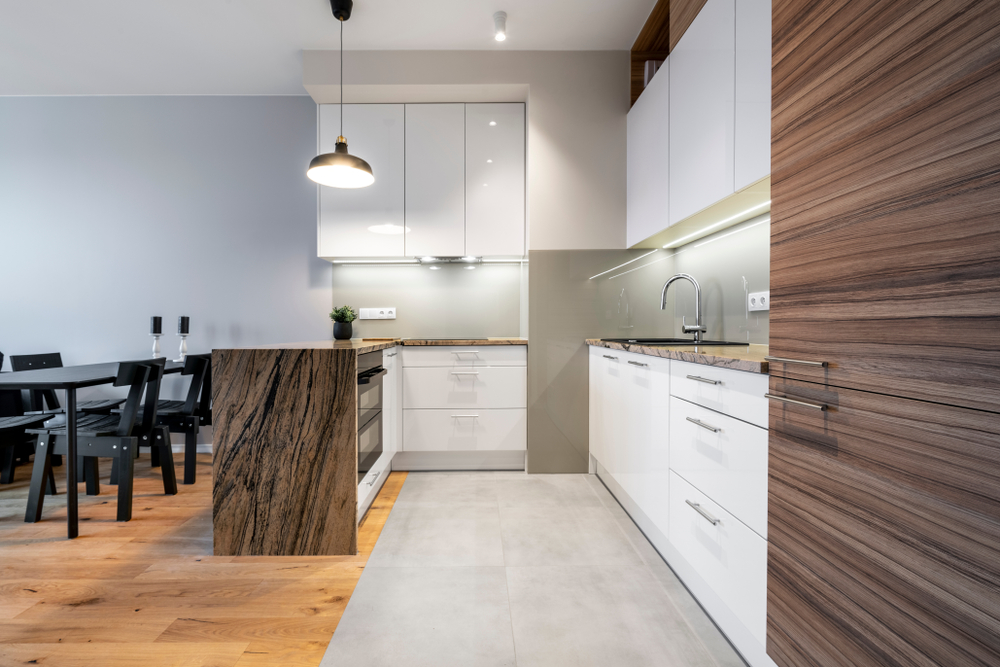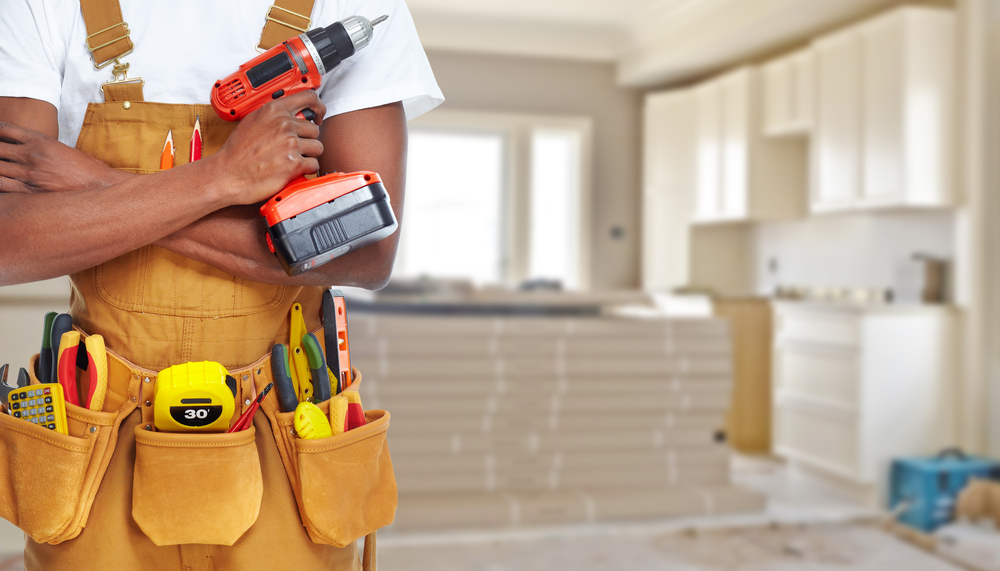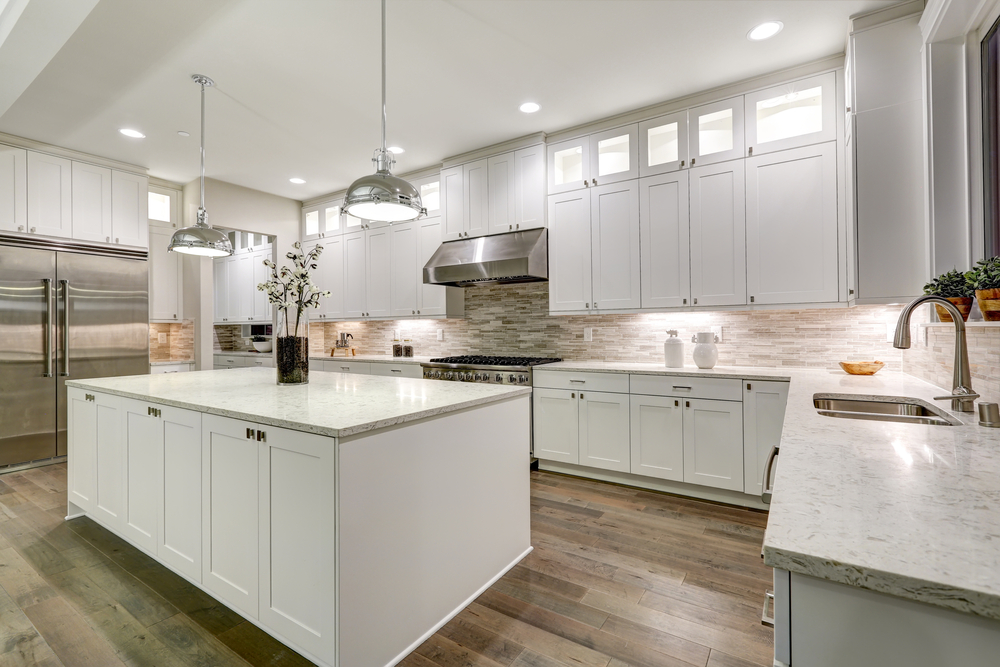Do you need to remodel your kitchen? Everything the seller will never tell you! Discover the secrets of the insiders.
Buying a modular kitchen for your ongoing remodeling or for your new home is an important purchase that hides a thousand pitfalls and difficulties. It is a long and complex process to be faced with patience and competence. Does the mere thought of measurements, downloads, trips to a thousand shops, online searches, projects, estimates, assemblies, errors in orders frighten you? Are you confused and bewildered by the thousands of kitchen offers advertised in furniture magazines, on billboards, or on furniture store windows?

1.Remodeling Your Kitchen
Do you have to evaluate only the price of the kitchen? Or do you have to rely on a brand of modular kitchens that you consider reliable? Do you have to turn to an architect? Company A offers you the quartz top for free, but Company B gives you the appliance kit; The nearby shop offers zero-interest financing, but you don’t trust the seller; yesterday, you saw on the internet that…
Sit back, relax, and discover secrets that kitchen store salespeople would never reveal; only insiders know this confidential news and guard it jealously. These are the “tricks of the trade” of kitchen retailers. All of us – for every important purchase – try to find the best information to make the best choice: In this article – as an expert in the field – I will provide you with the most useful and secret information for buying a kitchen!
So if you have to buy a new kitchen today, I will reveal the things to look out for that will allow you to make the purchase in complete safety and with the best ratio between quality and price.
2.Buy at zero!
I’m not talking about euros, but the rate of the loan. When and how do you pay for a kitchen? Normally it is necessary to pay a deposit of 30% at the time of the order and pay the remaining part of the purchase at the time of delivery and after assembly. Are you asking me the link between the payment methods and the interest rate of a loan? In fact, they are closely linked, I’ll explain why.
The delivery phase represents a critical moment in the sales process of a kitchen; it is the phase where any errors in the design or in the order inevitably jump out and in which the occurrence of an accidental inconvenience. If not professionally managed by the installer and retailer, this possibility can generate friction, problems, and misunderstandings and, in some cases, lead to disputes with the consequent suspension of payment by the customer.
The retailer is perfectly aware of this and, therefore, to avoid running into a suspension of payment – perhaps large amounts only for a small and trivial inconvenience – he prefers to bear the cost of a low-interest loan that guarantees full advance payment. Nothing to worry about if you turn to a serious seller but agree with the shop that part of the payment (10% is sufficient) will, in any case, be made after installation. He will have no difficulty granting you this form of payment to guarantee the correct installation.
3.The “Exhibition”?
The “showroom,” the “show-room,” “the exhibition,” the “ground” kitchens, the “sampling” are some of the synonyms with which the compositions of modular kitchens that -independent rooms, concept stores, or large shopping malls of various brands) hold exhibits to show them to the public. The manufacturers compete to be present in the shops or in the glittering street windows of the most prestigious showrooms and offer retailers exceptional purchase conditions. The payment methods are extended with expirations well beyond 12 months, and the discounts on list prices, which are normally 40-50%, also reach 70-80%.
Instead of chasing the usual promotional campaigns or the illusion of gifts of all kinds, before buying a kitchen, visit the shops that offer the renewal of the exhibition and check if the measures of the kitchens on display are compatible with those of your kitchen. You can get discounts on the list price (even 60-70%), which would be absolutely unthinkable for the purchase of a custom-made kitchen to order. The trader will be happy to free up the space to insert a new model, and you will strike a great deal.
The furniture sector has recently imported (from the car market) the custom of booking in advance the purchase of demonstration models (the “demos,” the “Km. Zero” the “Company”) which delivery will take place after a certain number of months. If you have the possibility to plan the purchase of your modular kitchen, visit the stores when they present the new models and propose the purchase of the model in the window at the end of that period. Also, in this case, you can win brand new models (often the “top of the range”), obtaining a unique discount and giving the shopkeeper the opportunity to easily plan the renewal of their exhibition.
4.Buy “At the End.”
Is it an incentive for you to buy at the end of the month, quarter, or year? Incentive, retain, the reward is a terminology widely used in marketing related to the world of furniture and modular kitchens. The most important brands offer their customers (furniture stores, purchasing groups or large distribution chains) the most imaginative forms of incentive to promote the sale of their kitchens: From simple ” prize ladders” With ever-increasing extra discounts on reaching certain turnover, award travel, sponsorships or advertising campaigns dedicated to the latest generation of electronic gadgets.
In the corridors of the most prestigious trade fairs, new brilliant news is constantly heard. The brand’s goal is to increase turnover and make the retailer more and more loyal to the detriment of the other brands present in the store. These incentives normally have a time objective with a quarterly or annual maturity.
The retailer will be more likely to grant an extra discount at these deadlines. To buy a kitchen, conclude the deal in the final week of the quarter or year (or in any case, always at the end of the month); you will find the seller who is more willing to sacrifice a few discount points! For him, the kitchen he will sell you will allow him to reach the goal he has been pursuing for months.

5.Learn from children
Before buying a kitchen, always ask for a written and detailed estimate of all the elements that make it up and check that it includes the cost of all the services included (measurement, design, transport, home delivery, assembly, the connection of appliances, tailored adaptations). Be wary of “total” prices, from “All-inclusive”; the lack of transparency, and the “Price lists hidden under the counter.” Professional and well-organized retailers ( … Believe me: There are many! ) Have no reservations in showing you an official price list, delivering you a detailed quote, and explaining exactly how they work and how much their services cost.
6.Choose The Right Appliances
When designing your kitchen, do not forget about appliances, which often represent the greatest burden of shopping. I advise you to immediately identify the ones you would like to have in your kitchen, it is always possible to add them later, but it is more problematic and expensive for everything we have said about the organization of spaces.
For example, if you decide immediately to choose the induction hob, you will not need the gas pipe, one less thought when planning the position of the systems (and also a lower cost! In this article, I talk about the differences between the hobs induction cooking and gas cooking). The depth of the kitchen can also vary depending on the built-in appliances you decide to install.
For this reason, choosing appliances in the design phase of your kitchen allows you to find more functional solutions, for example, by creating a piece of furniture for small appliances that must not be left in plain sight on the work surface, such as the toaster or the coffee machine but which must still be easily accessible.
If you design your kitchen already thinking about this type of solution, you can choose a configuration for the furniture so that they can communicate directly with the worktop, much more effective than having to hide these appliances in drawers or cabinets and having to extract them every time you need.




